In 2004, Alice Springs was finally connected to Darwin by rail, ending a more than 100-year-long project to link the Top End capital to Adelaide.
But with one project completed, another started: author Jane Munday began work on a book, and sought to tell the stories behind the railways which run top to bottom through the centre of Australia.
Twenty years later, her book The Meeting Place: A Social History of the Adelaide to Darwin Railway has now been released – in time for the railway’s 20th anniversary.
“This book had to be written, because there’s so many stories missing from the history books about people,” she said.
“I just became intrigued by the number of photos where there was no name – there was a photo of a woman or a photo of a Chinese worker, but no name.
“I thought, these people are missing from the history books.
“And then I started finding out about the White Russians and the Welsh Patagonians, and I just thought ‘nobody’s written these stories’.”
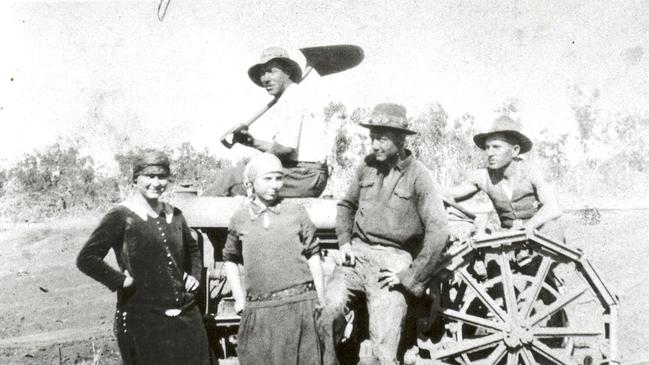
The book is a compilation of oral histories, vigorous research, interviews, and countless hours of work to tell the stories of the railway workers – Australian, Aboriginal, immigrant – and the women, animals, and machines which helped them.
“The most interesting thing to me was how the railway played such an important role in the development of Territory and the people who came here because of the railway,” she said.
Ms Munday has her own history with the railways as a government worker, she said, which helped find the inspiration for the book.
Her journey has led her to learning about the early Chinese immigrants who helped build Darwin, the early Russian settlers who stayed in Katherine after they finished working for the railways, and more.
“The role of Aboriginal people was not acknowledged,” she said.
“I’ve worked closely with a lot of the families, and they’re really happy that their family stories have been told.”
Chapter three of the book tells these stories – detailing the impact the Stuarts and the Ah Chee’s had on Central Australia through the railways, alongside the story of Marre’s Reg Dodd, and Darwin’s Jack Kingalawuy McGuinness.
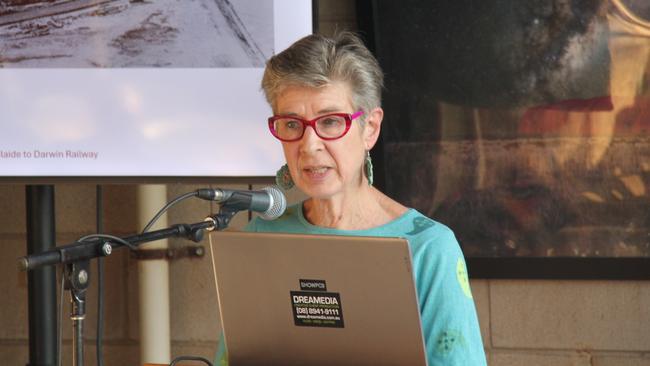
At a book launch at the National Road Transport Hall of Fame in Alice Springs on September 27, Arthur Ah Chee said the railways brought about the establishment of various communities – a meeting place for the Territory’s Indigenous families.
“Whether it be the railways, whether it be the telegraph stations, (it) brought it all together,” he said.
“From Katherine, right through to Darwin, out to here (Alice Springs), we’re all related.”
For Alice Springs, the completion of the line between Adelaide and the town brought significant change – including the first branch of the NT’s Labor Party, historian Alex Nelson said.
Mr Nelson was one of many Ms Munday worked with on the book.
He said the Territory’s Labor Party can trace its roots back to a plumber called Frank Johnson, who arrived in town in 1932.
“For roughly 20 years, he was the only plumber in most of the Northern Territory, particularly in the southern two-thirds of that region,” he said.
Mr Nelson said he didn’t know the exact date the Territory’s Labor Party was formed – pinning it the “early 1940s during WWII” – he said it was organised by Mr Johnson in Alice Springs and “mainly comprised of railway workers”.
“They were the dominant labour force on those days in Central Australia. So Alice Springs, in effect, was a Labor town in those days.”
But he said once Mr Johnson left, he travelled up the Stuart forming other Labor Party branches in Tennant Creek, Katherine, before finishing in Darwin.
Despite the Territory not being linked by rail until the new millennium, the railway played an important in establishing the communities around it, Ms Munday shows through her book.
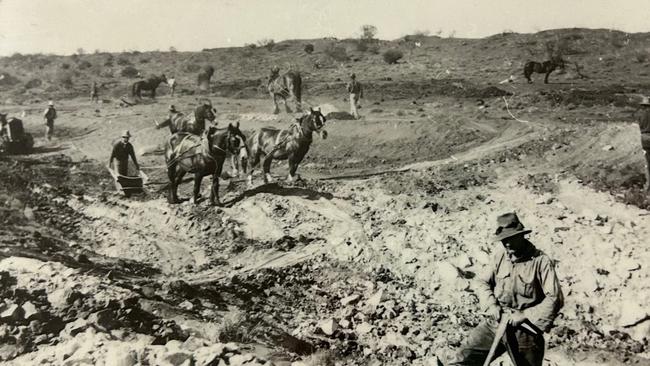
For Mr Nelson, the railways' “ripple effect” was felt all across Central Australia – bringing new opportunities for some, while others had adapt to the times, leading to some unintended consequences.
“It replaced the Afghan cameleers. They were no longer needed to transport supplies from Oodnadatta all the way up to Central Australia,” he said.
“So in essence, the cameleers just released their camels into the wild and took other jobs, such as becoming shopkeepers.
“That is actually the beginning of what we now have: the world’s largest wild population of camels and a feral animal in large areas of inland Australia.”
Camels aside, the most important things the railway brought to Central Australia was people.
Some of Alice Springs’ most influential citizens – Olive Pink, Bernie Kilgariff, and more – arrived on early iterations of the Ghan, Mr Nelson.
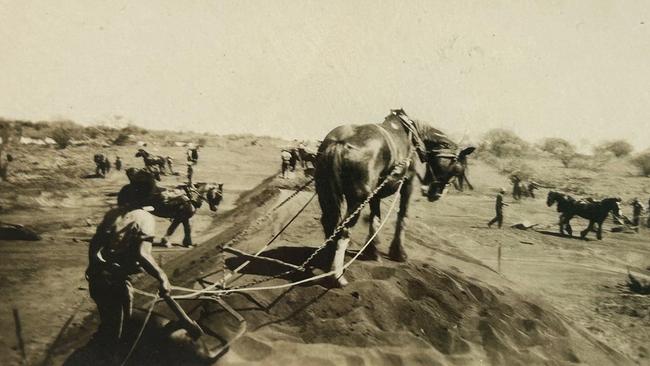
But it’s unlikely any of them would have ever made to Alice Springs had the railway not been built of the hard work of the crews at the time, Ms Munday shows in her book.
And those crews were supported by incredibly strong women, with chapter six of her book detailing the stories behind the ladies who supported the railway workers.
“People never really think about the role of women in those days, because they were either unpaid labour or once they got married they weren’t in the workforce,” she said.
“The role of women was usually unpaid labour on the stations or in the railway camps.
“Or they became business women, and ran tea rooms and boarding houses and hotels.
“If you look at the women who lived on the railway camps, it’s hard to imagine how they survived – they’re living in tents, remote areas with kids, no school, no shop, no healthcare.”
In Adelaide River, one tea room was run by Wagiman Aboriginal woman Widgee Nelson, whose story is recounted in the book.
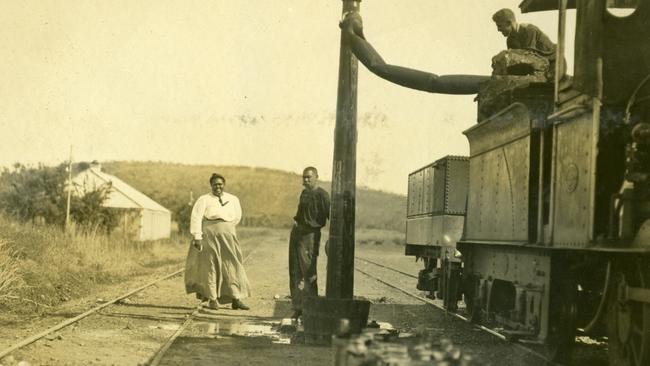
When a parliamentary delegation which passed through in 1912, photographer James Pinkerton Campbell photographed Ms Nelson.
However, the photo was titled “lady who served us afternoon tea”.
With help, Ms Munday found out it was a photo of Ms Nelson – and expands on her story in her book.
“By talking to people, they bring my attention to things, and slowly, I’ve built up a picture of who Widgee is,” Ms Munday said.
However, the book doesn’t only deal with the past, with current day railway workers also getting a mention, as well as some baffling mysteries – which still remain unsolved.
Towards the end of her book Ms Munday talks about the 2004 Howard Springs bridge theft, with the perpetrators never caught, and the bridge never found.
The bridge was built in 1887 and weighed 10-tonnes, and despite many rumours as to its whereabouts, it’s yet to be located.
Set to be named the Trevor Horman bridge – the man who established the Adelaide River Railway museum – has now been missing for 20 years.
At the time, local independent member Gerry Wood described it as a professional job, because the thieves wore boots, whereas everyone else in the region wore thongs.
But what may seem like a funny anecdote to some is part of one of the larger themes in Ms Munday’s book: how do we preserve our heritage?
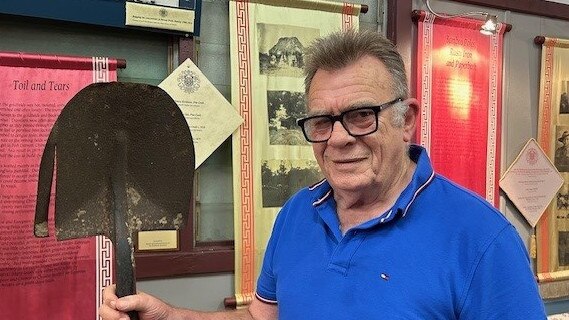
Towards the end of the book, Ms Munday documents various pieces of heritage infrastructure which are deteriorating – particularly around Adelaide River.
Mr Nelson is more doesn’t mince his words on the topic either.
“The heritage sector is really struggling these days, certainly within the Territory” he said.
“There’s a lack of manpower – or woman power – to keep up with all the historic locations, their maintenance and availability to visitors.
“And there’s just an overall lack of support from the government sector, because heritage is not something that’s going to generate profitability on its own merit.
“It just can’t do that.”
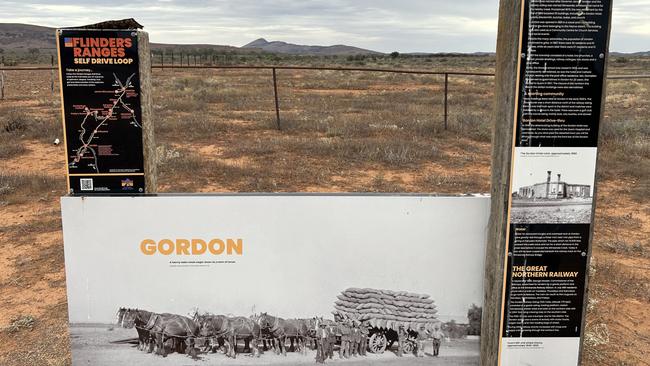
While Mr Nelson calls for more recognition towards the sector, Ms Munday’s book plays an important first step in documenting the importance of what’s currently before us.
Ms Munday cites how SA has persevered some of its railway heritage through museums, and sheds light on Mr Woods plight advocating to build a heritage trail from Coolalinga to Noonamah.
But even in South Australia, heritage also lies in ruin in the long abandoned ghost towns of Gordon and Wilson.
“For me, heritage has two roles,” Ms Munday said.
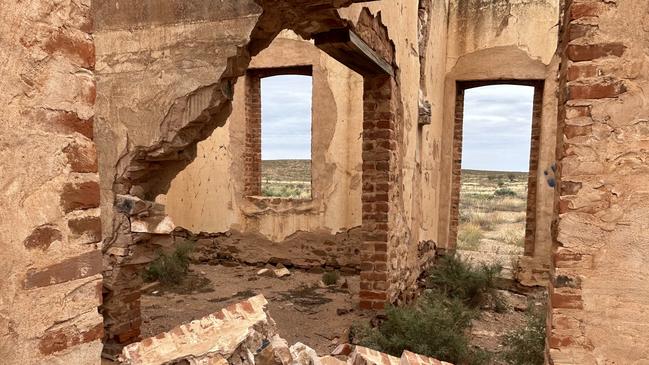
“It’s honouring our past, but it’s also of interest to tourists.
“On the Stuart Hwy you see all of the grey nomads come in, and they pull in all the shops, and look at the museums.
“It’s a way of giving tourists something to do.”
To historian Mr Nelson, the loss of heritage is the loss of something irreplaceable.
“Once it’s gone, you can’t get it back again,” he said.
The Meeting Place is available independent bookstores and museums throughout the Northern Territory and South Australia.

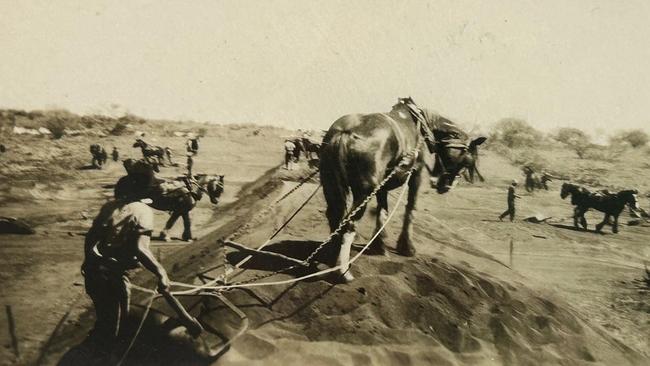
Add your comment to this story
To join the conversation, please log in. Don't have an account? Register
Join the conversation, you are commenting as Logout
80+ photos: Thousands descend on Darwin for Supercars action
Thousands of motorsports fans crowded into Hidden Valley for a weekend full of racing action and live entertainment at the Darwin Supercars. Check out all the photos.
Woman stabbed multiple times on Todd Mall in alleged DV attack
Police are searching for both the victim and offender of an alleged domestic violence attack after a man was seen stabbing a woman multiple times in the Alice Springs CBD.